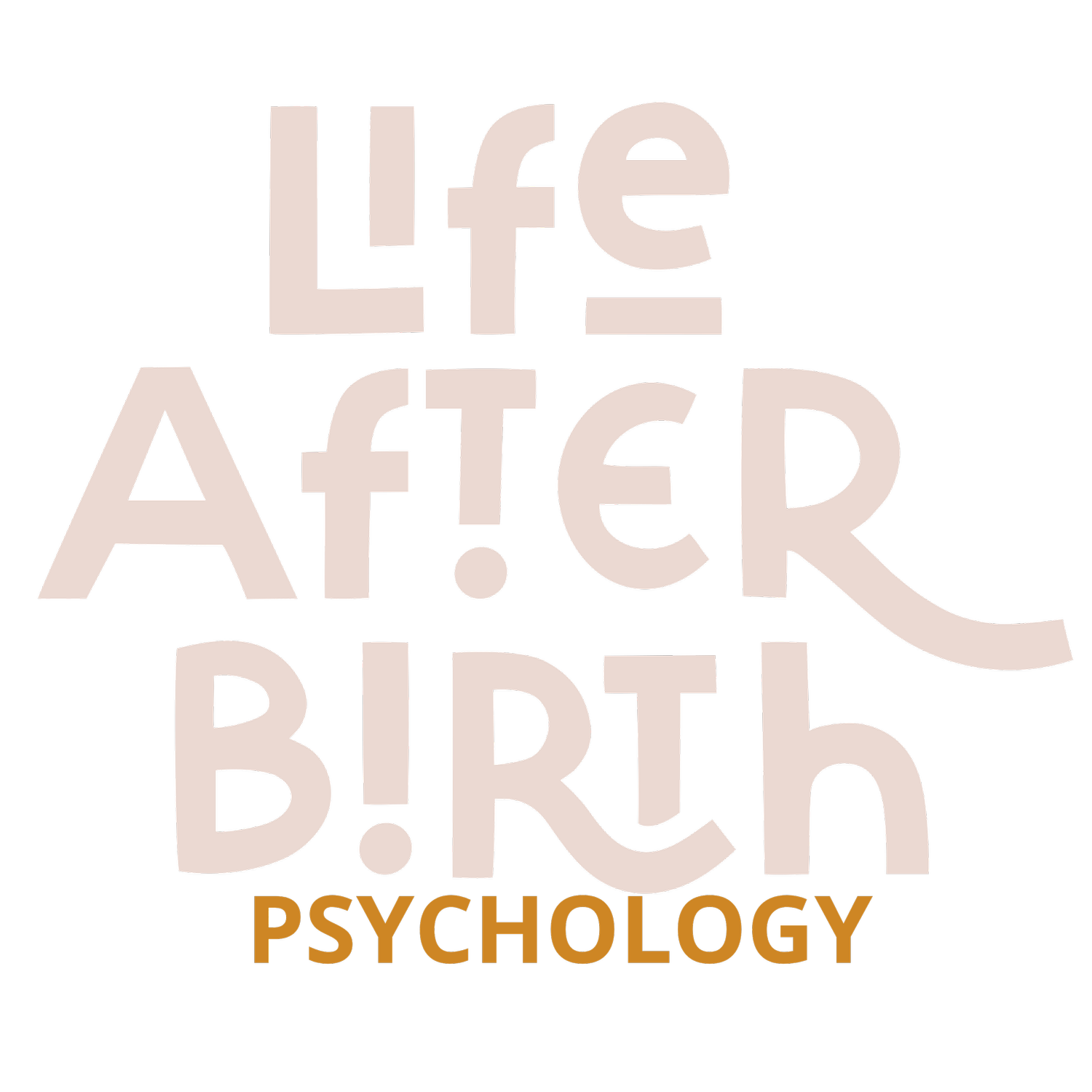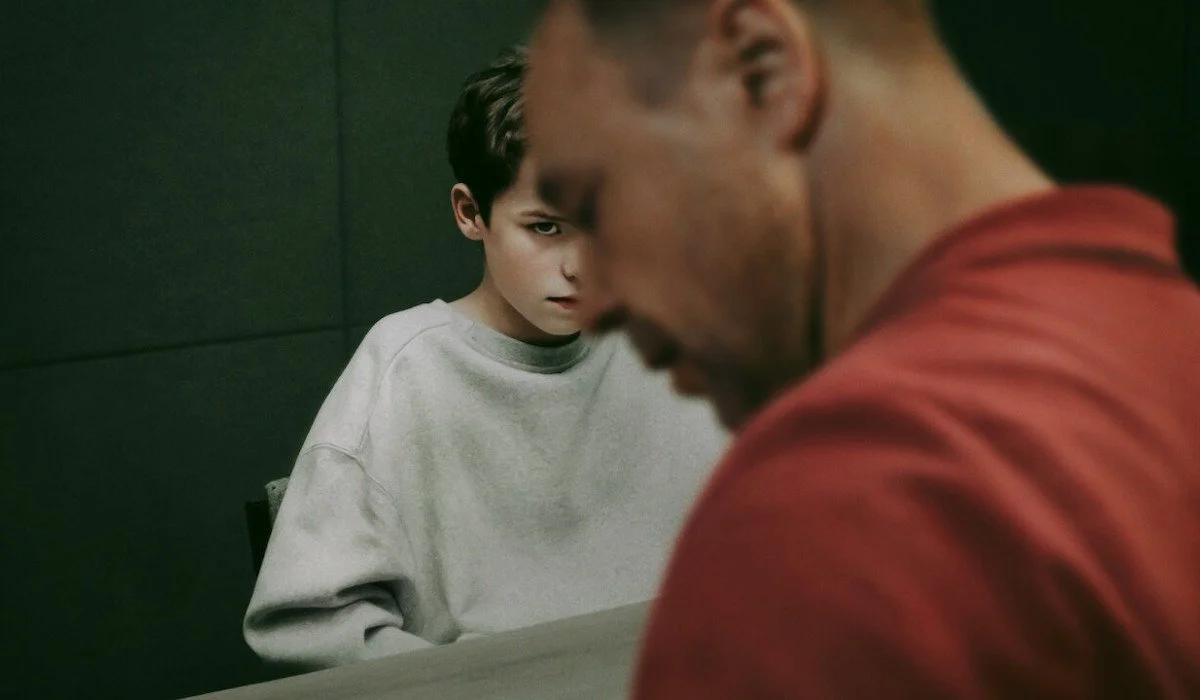The Invisible Harm in “Adolescence” And why We need To talk about it
After watching the recent Netflix series, Adolescence, I found myself deep in reflection over the next week. The show has sparked important conversations around social media, radicalisation, toxic masculinity, and the vulnerability of teenagers online. While these conversations are critically important and warranted, there’s another equally important piece I feel deserves more attention: the role of secure attachment between parents and their children as a powerful protective factor, especially during adolescence.
In Hold On to Your Kids, Dr. Gordon Neufeld and Dr. Gabor Maté emphasize how crucial it is for parents to remain the primary attachment figure in their children's lives—not just during childhood, but right through adolescence and even into adulthood. Neufeld points out that when parents can maintain a deep, authentic, and secure emotional connection with their children, they create a powerful buffer against external risks such as peer pressure, radicalisation, and harmful online communities.
In the Netflix series, I was struck by how deeply Jamie's parents genuinely loved him and how much they wanted the best for him. Yet, despite their good intentions, there was a profound lack of personal insight and emotional reflection within the family. Jamie’s father repeatedly assured himself and others that he was nothing like his own father, emphasising the absence of physical violence in their home. But that does not mean that harm was not present.
Jamie's father dominated their home emotionally. Because he lacked emotional awareness and self-regulation skills, everyone else—we see this with his sister and his mother throughout the episodes—had to tiptoe around him, making themselves smaller to avoid triggering his temper or emotional volatility. In my work with clients, I've consistently seen how such environments cause individuals, especially children, to suppress their own needs, thoughts, and desires. Over time, this deeply erodes their sense of self-worth and their trust in themselves and others.
A poignant example from the show was Jamie’s clear awareness of his father's deep-seated shame about him—particularly shame around Jamie's perceived lack of masculine prowess, something that Jamie then begins to beleive himself. While the father in the show may not have engaged in physical violence; emotional dominance, chronic shame, and lack of emotional safety cause profound emotional harm, and for a developing child, the effects can be devastating.
Given this family dynamic, we must ask: How could we realistically expect a child or adolescent living in such emotional tension to trust their parent with vulnerable parts of themselves? How could we expect them to openly share their inner experiences, fears, or worries—or reach out for help when needed? The simple truth is: we can’t. This is precisely the environment that drives adolescents to seek belonging and emotional safety elsewhere—often among peers who lack the experience to guide them safely or within dangerous online communities.
One of the myths I see repeated often in our culture is the belief that once children reach adolescence, parents become secondary or even redundant in their lives—because "all teenagers want is to spend time with their friends." While it’s true that friendships become increasingly meaningful and influential during adolescence, this doesn't mean teenagers no longer need their parents as their primary attachment figures. In fact, adolescence is a crucial time when parental connection, emotional availability, and guidance remain incredibly important.
Being your child's primary attachment figure means remaining a consistent, emotionally responsive presence; someone they trust deeply, rely on, and turn to first for emotional support, validation, and guidance—especially when things feel uncertain or challenging. Cultivating this attachment involves intentional practices such as regularly checking in on their emotional world (not just their day-to-day activities), maintaining curiosity about their inner experiences, and providing space for them to express themselves without fear of judgment or emotional consequence. It also means modelling vulnerability, openness, and emotional regulation yourself, so your child learns that emotional safety is reliably available at home, even as their social worlds expand.
Does this mean that conversations about tech, social media safety, or radicalization are less critical? Absolutely not. All of these conversations remain essential and urgent. However, what I am saying is that empowering and supporting parents to become emotionally healthy leaders of their families is equally vital. When parents are able to provide emotional safety, self-awareness, and consistent connection, they offer their children the strongest possible protection against many of the risks and harms present in today’s world.
_______________________
Looking to explore this further? I am hosting a free community chat where we will explore these themes and others present in the “Adolescence” series. I will be joined by Mike Dyson (The Good Blokes Co/Men's Wellbeing Advocate), Ruth Whippman (Author of "Boy Mom: Raising Boys In An Age Of Toxic Masculinity), Alita Blanchard (Parenting Counsellor)
Together, we'll explore themes like:
How secure attachments help protect children from harmful external influences.
Creating emotional safety at home and nurturing emotional resilience from an early age.
Understanding and addressing unhealthy masculinity and patriarchal influences.
Navigating technology, the manosphere, and online radicalisation.
Empowering confident parental leadership and boundary-setting.
The call is happening on Tues 8th Arpil at 10am Australian Western Standard Time on ZOOM.
You can register to join the call HERE

